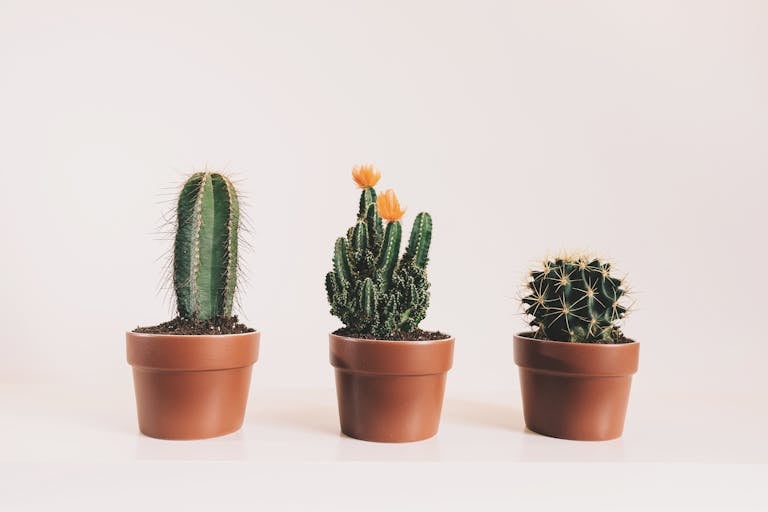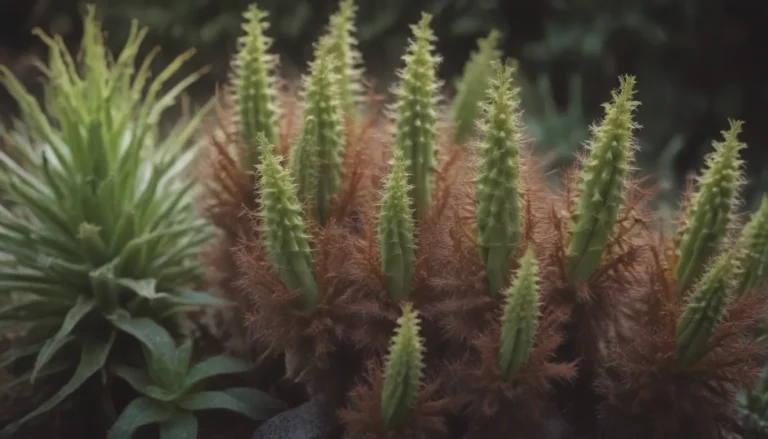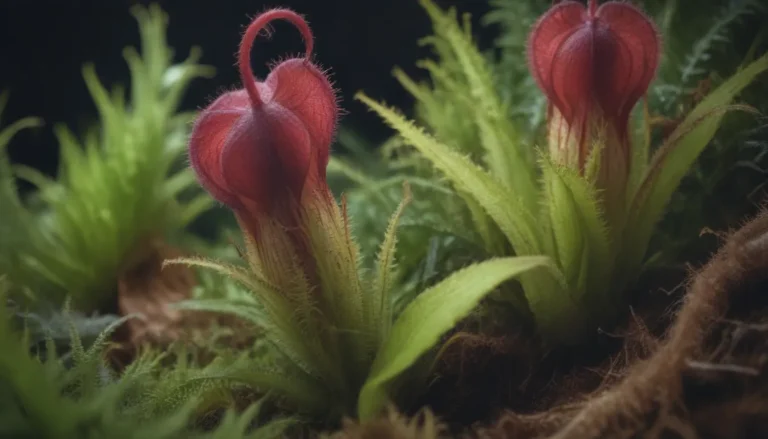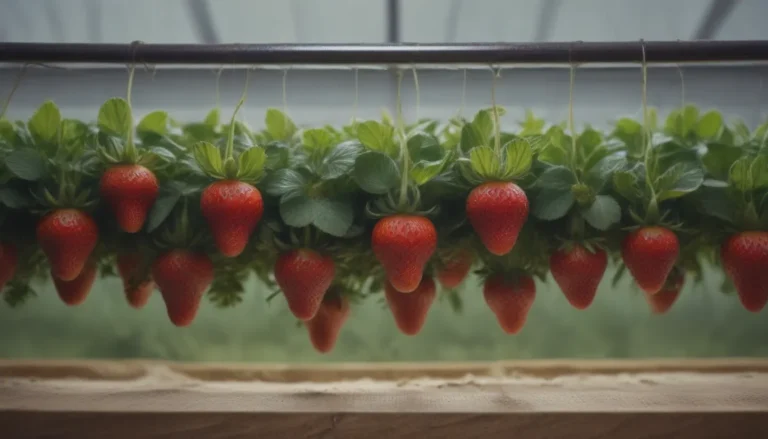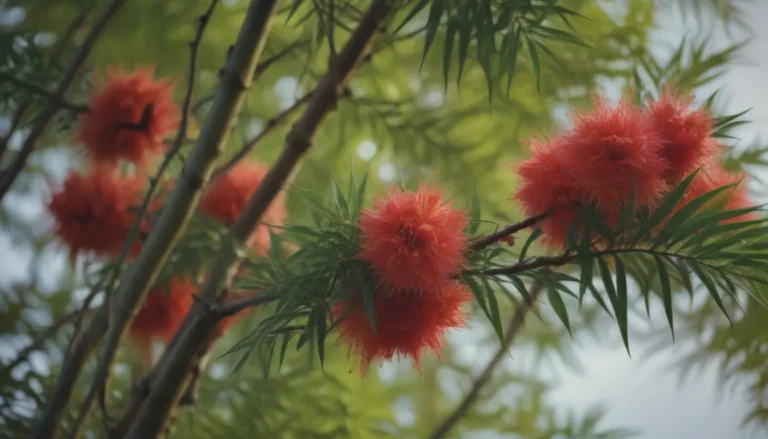How to Successfully Grow and Care for Your Yellow Bird Magnolia (Yellow Tulip Tree)
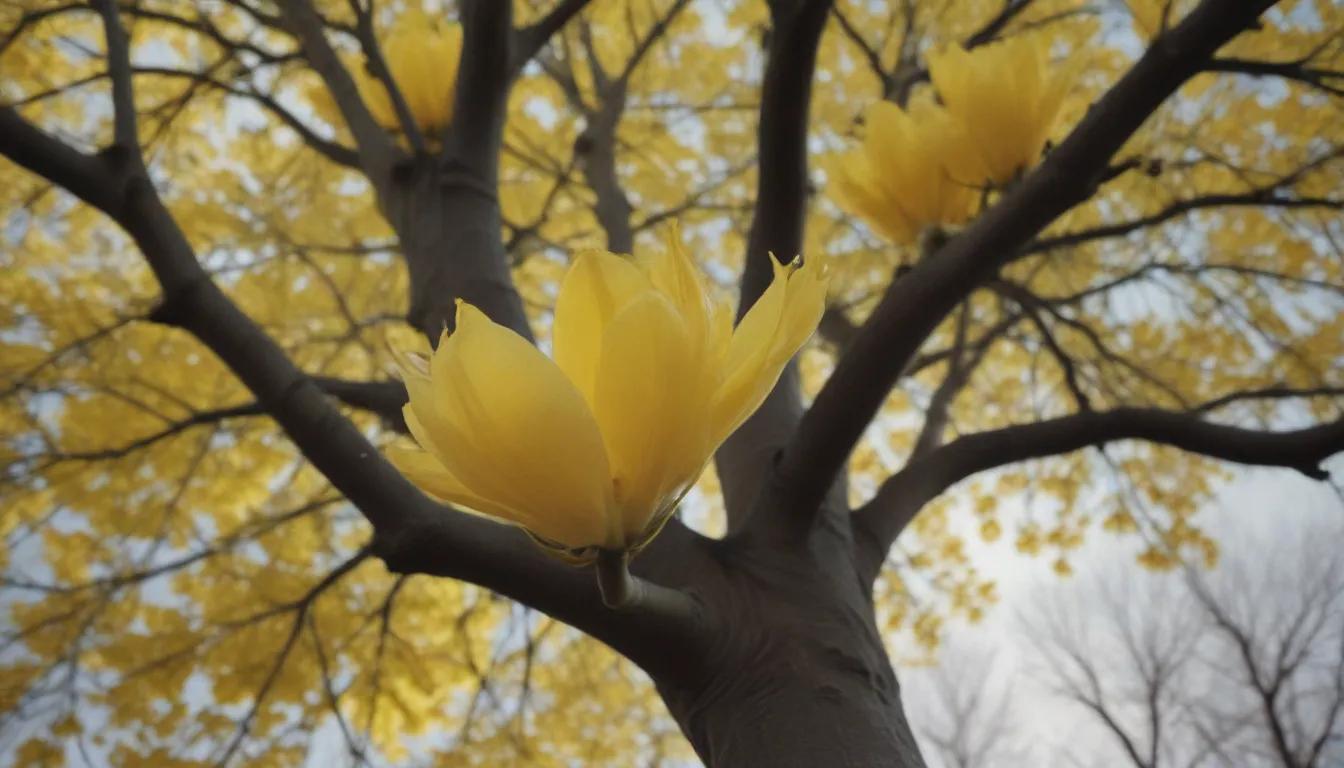
If you’re looking for a stunning addition to your garden or landscape, the Yellow Bird Magnolia, also known as the Yellow Tulip Tree, might be just what you need. Developed by the Brooklyn Botanic Garden in 1981, this hybrid species is not only visually appealing but also relatively easy to care for once you understand its specific needs.
Introduction to the Yellow Bird Magnolia
The Yellow Bird Magnolia is a gorgeous flowering tree that can thrive in a variety of climate conditions, making it a versatile choice for many gardeners. When properly cared for, this tree rewards you with a breathtaking display of yellow blooms in the spring that can brighten up any outdoor space.
Understanding the Genetic Makeup
This hybrid tree is the result of a backcross of M. acuminata var. subcordata and another hybrid developed by the Brooklyn Botanic Garden, Magnolia × brooklynensis ‘Evamaria’. While the genetics may be interesting to some, what’s important for you to know as a gardener is how to provide the best care for your Yellow Bird Magnolia to ensure its health and beauty.
Care Guide for Your Yellow Bird Magnolia
To ensure that your Yellow Bird Magnolia thrives and continues to flourish, it’s essential to understand its specific care requirements. Here are some key aspects to consider when growing and maintaining this majestic tree:
Light
- Full Sun: Ideally, the Yellow Bird Magnolia thrives in full sun conditions, although it can also tolerate partial shade.
- Protect from Intense Sun: In hot weather, some shade can benefit the tree by protecting it from intense afternoon sun.
- Avoid Southern Exposure: Planting the tree in full sun with southern exposure near a building can cause premature bud opening, leading to foliage and flower loss.
Soil
- Moist, Well-Drained Soil: Yellow Bird Magnolias require soil that is moist and well-drained for optimal growth.
- Soil Types: While these trees can grow in loamy, clay, or sandy soil, soil amendments may be necessary to ensure adequate nutrient and drainage levels.
- Acidic Soil Preference: Yellow Bird Magnolias prefer acidic soil conditions but can tolerate neutral soil pH levels.
Water
- Regular Deep Watering: Newly planted Yellow Bird Magnolia trees require regular and deep watering to establish roots.
- Avoid Soggy Soil: Be cautious not to create soggy soil conditions or standing water.
- Reduce Watering Frequency: Once the tree is established, you can reduce watering frequency, as mature trees exhibit some drought resistance.
Temperature and Humidity
- USDA Hardiness Zones 5 to 9: Yellow Bird Magnolias thrive in USDA hardiness zones 5 to 9.
- Wide Range of Regions: This includes regions from New York and Iowa in the north to Texas and Florida in the south.
Fertilizer
- Moderate Feeder: Yellow Bird Magnolia trees are not heavy feeders, especially if planted in organically rich soil.
- Fertilization for Young Trees: Young trees or those in nutrient-deficient soil may benefit from a balanced fertilizer application in the spring after flowering.
Pruning and Propagation Tips
Pruning
Yellow Bird Magnolia trees naturally grow with a pleasing pyramidal shape, requiring minimal pruning. However, if pruning is necessary, it’s best done after the tree has finished flowering to avoid disrupting bloom cycles.
Propagating
While propagating Yellow Bird Magnolias can be more challenging than other garden plants, it can be achieved through semi-hardwood cuttings taken during the summer pruning season.
Overwintering and Disease Management
Overwintering
Yellow Bird Magnolias are cold hardy trees that can withstand temperatures as low as -20 degrees Fahrenheit without significant issues. However, applying a layer of mulch around the root area can provide additional insulation against extreme cold temperatures.
Common Plant Diseases
Yellow Bird Magnolias are susceptible to fungal infections such as leaf spot, canker, and verticillium wilt. With proper intervention, these diseases can be managed effectively without causing fatal damage to the tree.
Maximizing Bloom Potential
Encouraging Flower Development
Yellow Bird Magnolias are prized for their abundant yellow blooms, and ensuring optimal growing conditions can help maximize flower production. Here are some tips to encourage blooming:
- Optimal Sun Exposure: Ensure the tree receives adequate sunlight, as too much shade can hinder flower production.
- Soil pH Levels: Adjust soil pH levels to acidic conditions, as Yellow Bird Magnolias prefer slightly acidic soil for optimal growth.
- Avoid Transplant Shock: Choose the ideal planting location to minimize the risk of transplant shock and ensure the tree’s health.
Bloom Characteristics
- Bloom Months: Yellow Bird Magnolias typically bloom in late spring, with April being the peak month for blooming activity.
- Bloom Duration: The tree’s blooms can last for up to three weeks, providing a prolonged period of visual delight in your garden.
- Flower Appearance: The flowers of a Yellow Bird Magnolia are opaque yellow, measure about 3.5 inches in width, and have a cup-like form with six upright petals.
Addressing Common Issues and Concerns
Potential Problems
While Yellow Bird Magnolias are relatively low-maintenance trees, there are some common issues you may encounter:
- Leaf Spots: Small brown or black spots on leaves may indicate a fungal or bacterial infection.
- Dying Branches: Branch dieback could be a sign of canker or verticillium wilt, requiring prompt action.
- Browning Leaves: Seasonal leaf browning is normal, but persistent browning could signal frost damage or nutrient deficiencies that need to be addressed.
In conclusion, the Yellow Bird Magnolia is a remarkable tree that can enhance the beauty of any outdoor space with its vibrant blooms and graceful form. By following the care tips outlined in this guide, you can cultivate a thriving Yellow Bird Magnolia that will delight you with its stunning display season after season. Remember to provide adequate sunlight, ensure proper soil conditions, and address any issues promptly to keep your tree healthy and flourishing. Happy gardening!
